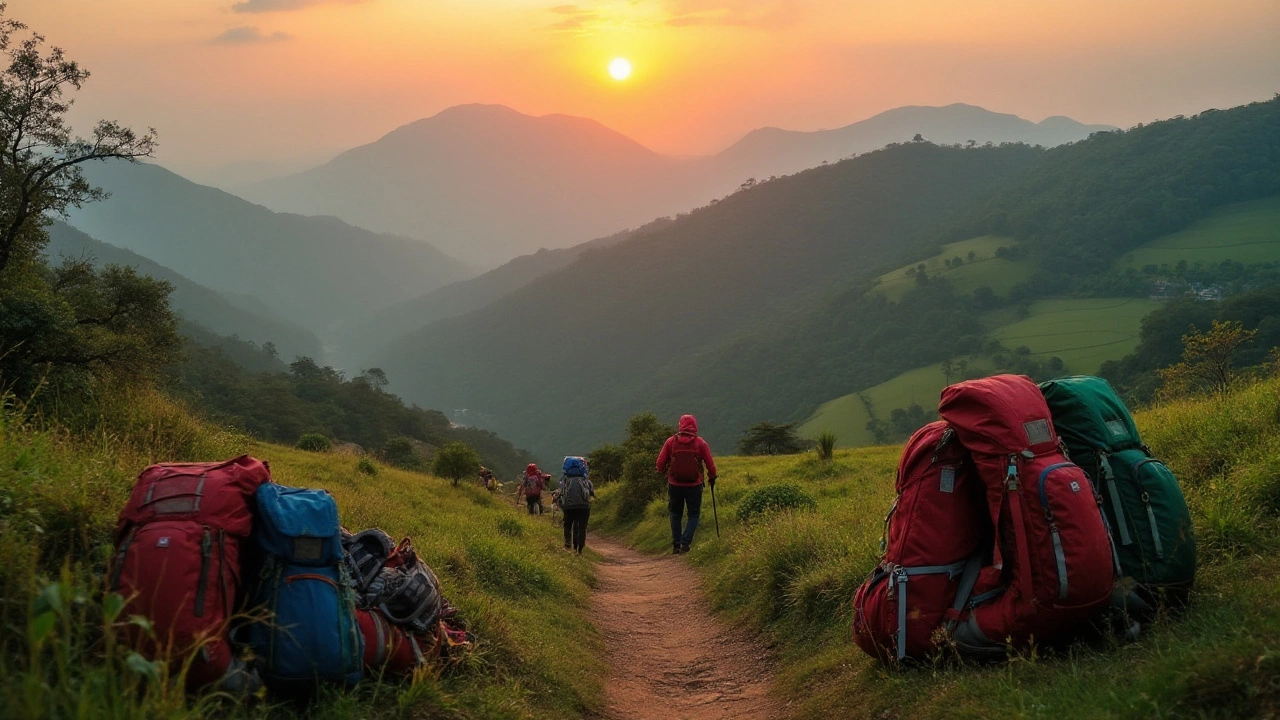SEARCH
Trekking Budget: Plan Your Next Hike Without Breaking the Bank
Thinking about hitting the trails in the Himalayas or the Western Ghats but scared of the price tag? You’re not alone. Most trekkers worry that adventure means emptying their wallets, but a smart budget can keep costs low while still giving you an epic experience.
Break Down the Basics
Start with the three main expenses: transport, accommodation and gear. For transport, compare trains, buses and shared cabs – a night bus to a trailhead can cost as little as INR 400, while a private taxi might be three times that. Accommodation ranges from basic guesthouses (INR 500‑800 per night) to mountain huts that charge INR 1,200‑1,500. Always ask if meals are included; many huts offer a full‑board option that saves you from hunting for food on the trail.
Gear is the next big chunk. If you already own a good pair of trekking boots and a waterproof jacket, you’ll only need a backpack, sleeping bag and a few extras. Rental shops in major towns can provide quality gear for INR 200‑300 per day, which is cheaper than buying brand‑new items you’ll use once a year.
Smart Money‑Saving Hacks
1. Travel off‑season. Prices for both transport and lodging drop 20‑30% after the monsoon rush. The weather is still good in places like Spiti or the Nilgiris, and you’ll encounter fewer crowds.
2. Group up. Splitting the cost of a private vehicle or a guide can cut your share dramatically. Even a small group of three can save you over INR 1,000 per day.
3. Cook your own meals. Most base camps have basic cooking facilities. Buying groceries in a nearby town and preparing your own food can shave off up to INR 500 a day compared to eating at a lodge.
4. Use local permits. Many popular treks require permits that can be bought directly at the entry point for a fraction of the price you’d pay through a tour agent.
5. Plan a realistic itinerary. Over‑extending your trek adds extra nights, food, and transport. A well‑planned 4‑day trek often gives the same scenery and satisfaction as a longer, more expensive trip.
By keeping these points in mind, you can create a trekking budget that fits your pocket while still delivering the thrill of the trail. Check out our related posts like “How Much Should a 3‑Day Trip Cost in 2025?” for real‑world numbers, and the “3‑Layer Rule for Hiking” for gear that won’t break the bank.
Ready to map out your next adventure? Grab a notebook, list the essentials, and start budgeting – the mountains are waiting, and they’re more affordable than you think.

Understanding Trekking Costs in India's Breathtaking Trails
Exploring the diverse landscapes of India through trekking is a rewarding experience that comes with varying costs. Understanding the expenses involved in trekking across different Indian terrains can help adventurers plan better. This article breaks down factors affecting trekking costs in India, from essential gear to travel and accommodation, offering a comprehensive guide for both budget and luxury trekking enthusiasts. With insights into various popular trekking destinations, this piece aims to equip readers with the knowledge they need for a memorable trekking journey.
Continue reading